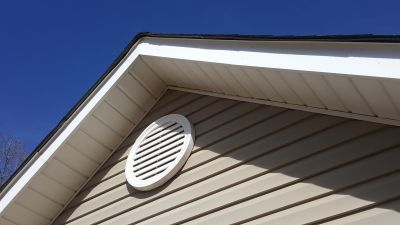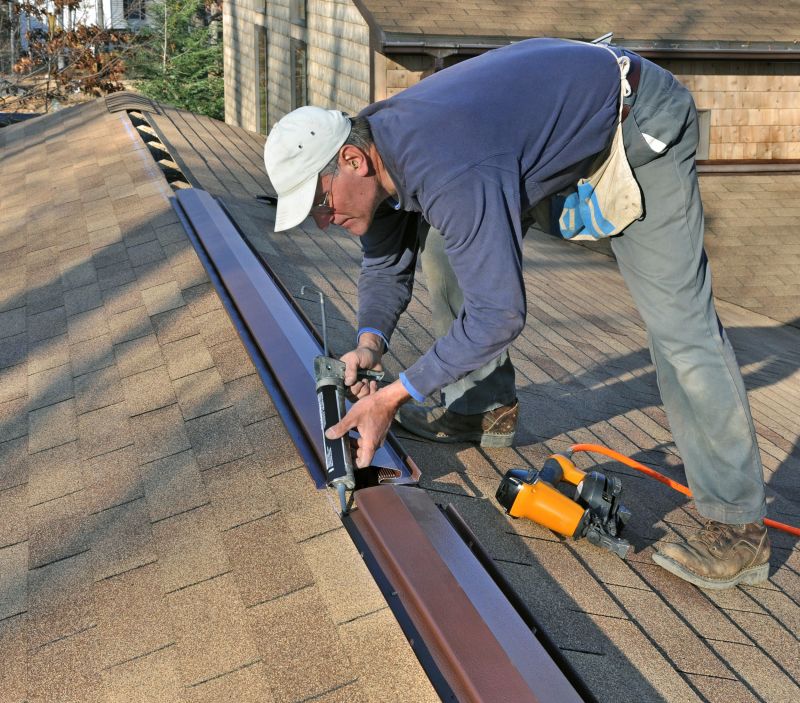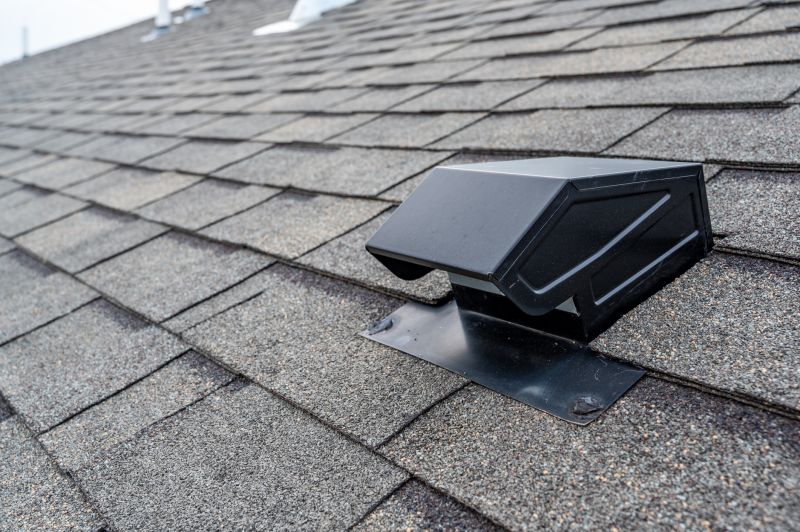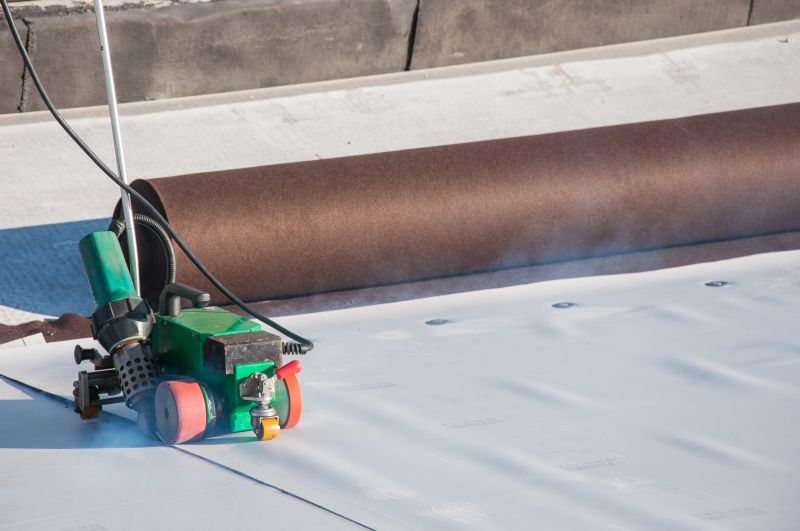Skilled Roof Vent Installation for Long-Lasting Results
Proper roof vent installation is essential for maintaining optimal attic ventilation, preventing moisture buildup, and ensuring energy efficiency. Skilled installation can improve airflow, reduce cooling costs, and extend the lifespan of roofing materials. Understanding the process and benefits of professional roof vent installation can help property owners make informed decisions about their roofing systems.

Different types of roof vents include ridge vents, soffit vents, and turbine vents, each designed to facilitate airflow and prevent moisture accumulation.

The installation involves assessing the roof space, selecting appropriate vents, cutting openings, and sealing to ensure effective ventilation and weather resistance.

Finished projects showcase seamless integration of vents with roofing materials, enhancing attic ventilation and overall roof performance.
Statistics indicate that proper roof ventilation can reduce attic temperatures by up to 50 percent, significantly decreasing cooling costs during warmer months. Additionally, effective ventilation helps prevent ice dam formation in colder climates and reduces the risk of mold growth caused by excess moisture. The average installation time for a professional team ranges from a few hours to a full day, depending on the roof size and vent complexity. This ensures minimal disruption while maximizing ventilation benefits.
Steps in Roof Vent Installation
The process begins with a thorough assessment of the existing roof and attic space. Next, appropriate vent types are selected based on the roof's design and ventilation needs. The installation team then measures and marks the locations for vents, cuts openings in the roofing material, and installs the vents securely. Sealing and weatherproofing follow to prevent leaks and ensure durability. Final inspections confirm proper airflow and secure attachment, completing the installation.
Hiring a professional ensures that the installation adheres to building codes and manufacturer specifications, reducing potential issues such as leaks or inadequate ventilation. Experienced installers have the tools and knowledge to perform precise cuts and secure vents properly, leading to long-lasting performance and optimal attic airflow. Proper installation also minimizes the risk of damage to roofing materials and ensures the vents function effectively for years to come.

Completed installations demonstrate clean, weatherproof integration with the roof surface, ensuring effective ventilation and aesthetic appeal.

Properly installed vents facilitate continuous airflow, reducing moisture and temperature buildup in the attic space.

Tools and materials used by professionals ensure precise cuts, secure fittings, and weather-resistant sealing.
To explore options and receive a detailed estimate for roof vent installation, filling out a contact form is recommended. Professional guidance can help select the best vent types for specific roofing configurations and ensure a seamless installation process tailored to individual needs.
